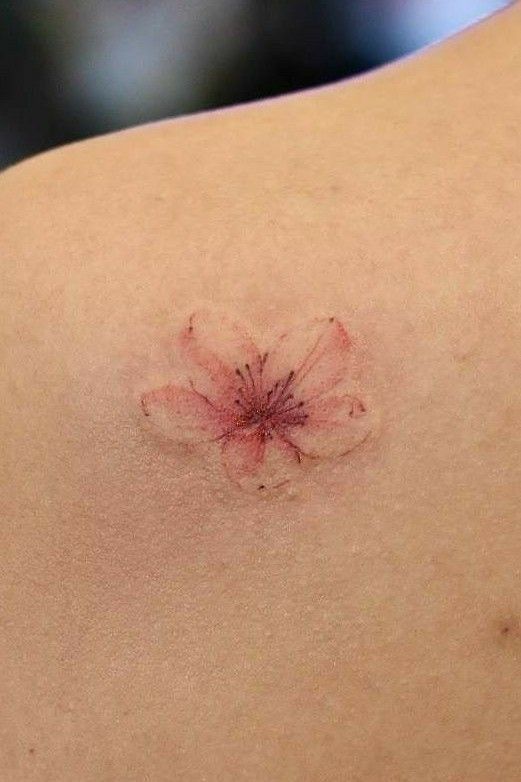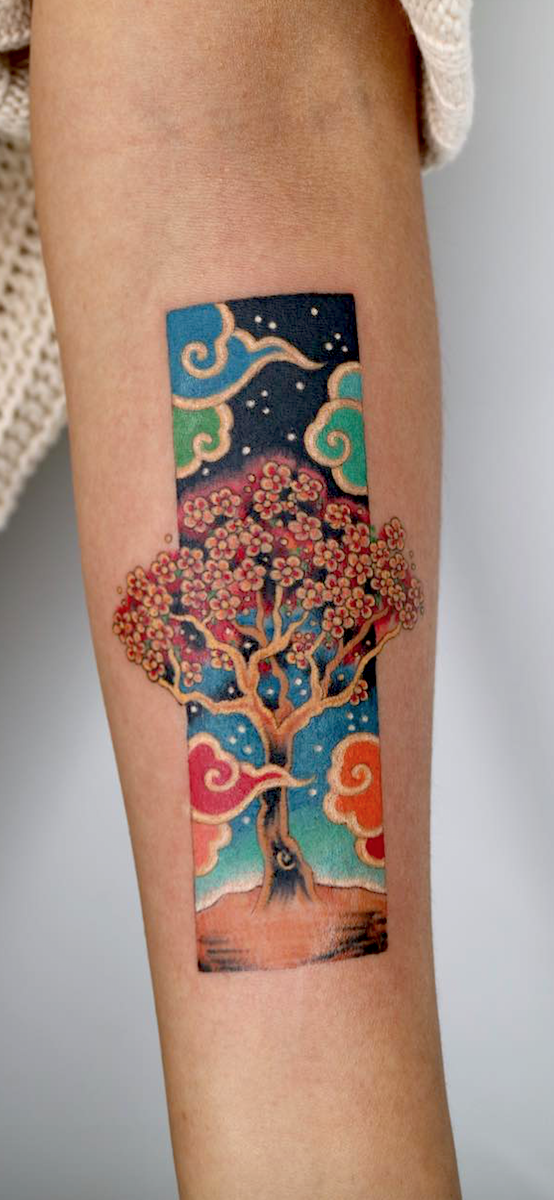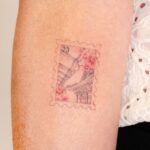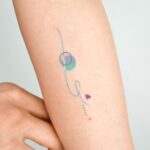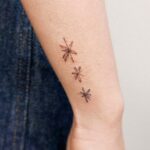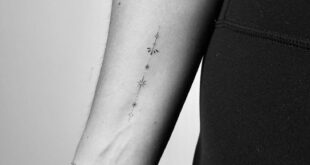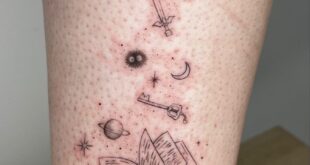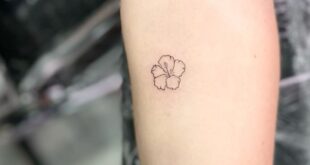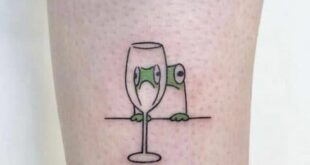Tattooing has a long standing tradition in Korean culture, dating back to ancient times. While tattoos have been somewhat stigmatized in Korea, they are becoming increasingly popular and accepted in modern society. Korean tattoo artists have gained recognition for their intricate and beautiful designs, combining traditional Korean motifs with modern styles.
One of the most notable characteristics of Korean tattoos is the use of Hanja characters, which are Chinese characters that are still used in Korean writing. Hanja characters are often used to convey deep and meaningful messages in tattoos, such as love, strength, or resilience. These characters are intricately woven into the design, creating stunning and unique pieces of body art.
In addition to Hanja characters, Korean tattoos often feature traditional Korean symbols and imagery, such as dragons, tigers, and flowers. These symbols hold deep cultural significance in Korean mythology and history, adding a layer of meaning and storytelling to the tattoos.
Korean tattoo artists are also known for their meticulous attention to detail and skillful technique. Many Korean tattoo artists undergo rigorous training and apprenticeships to perfect their craft, resulting in high quality and beautiful tattoos.
While tattoos are still somewhat taboo in Korean society, especially among older generations, attitudes towards body art are slowly changing. Younger Koreans are embracing tattoos as a form of self-expression and creativity, leading to a growing demand for skilled tattoo artists in the country.
Overall, Korean tattoos are a unique and beautiful form of body art that blend traditional Korean culture with modern styles. With their intricate designs and deep meanings, Korean tattoos are quickly gaining recognition on a global scale.
 innstyled Tattoo Ideas
innstyled Tattoo Ideas
